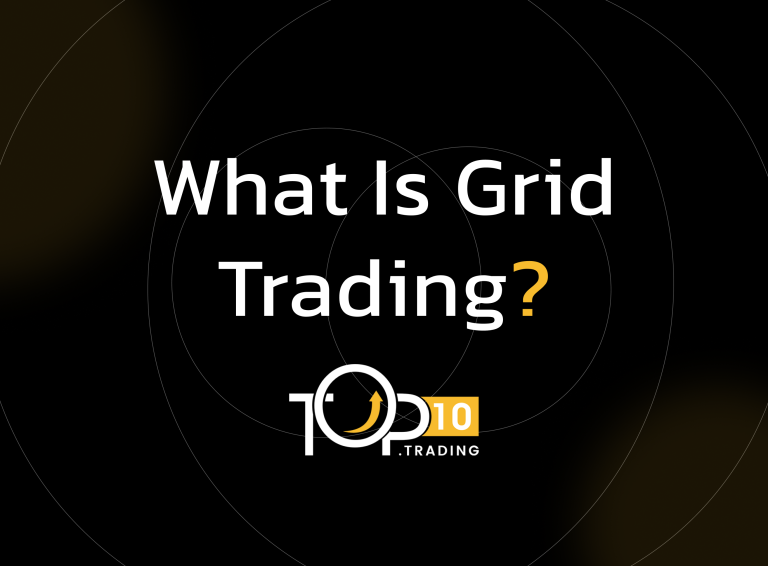Grid Trading Definition

Grid trading is a systematic trading strategy that involves placing a series of buy and sell orders at predetermined price intervals above and below a set reference price, creating a “grid” of orders. This approach aims to profit from the natural fluctuations and volatility of the market without needing to predict the direction of price movements.
Key Takeaways
- Grid trading is a strategy that places buy and sell orders at fixed intervals to profit from market volatility without predicting price direction.
- It is widely used in forex, cryptocurrencies, and stock markets.
- The strategy can be adapted for trending or range-bound markets through different grid types.
- Automation and disciplined risk management are essential for success.
- While effective in volatile markets, grid trading requires careful capital allocation and exit planning to manage risks.
How Grid Trading Works
- The trader defines a price range and divides it into multiple levels or "grids."
- Buy orders are placed at intervals below the current market price, while sell orders are placed at intervals above it.
- When the price hits a buy order, a corresponding sell order is placed at a higher level to capture profit.
- Conversely, when a sell order is executed, a buy order is placed at a lower level.
- This cycle continues, allowing the trader to profit from both upward and downward price swings within the grid.
For example, if Bitcoin is trading at $40,000, a trader might place buy orders every $1,000 below (e.g., $39,000, $38,000) and sell orders every $1,000 above (e.g., $41,000, $42,000), capturing profits as the price oscillates.
Types of Grid Trading Strategies
- Neutral Grid Trading: Assumes the market will move sideways within a range. Buy and sell orders are placed evenly around a base price to profit from oscillations.
- With-the-Trend Grid Trading: Aligns orders with the prevailing market trend. For an uptrend, buy orders are placed below and sell orders above, capitalizing on rising prices.
- Against-the-Trend Grid Trading: Designed for range-bound markets, placing buy orders near support and sell orders near resistance to profit from reversals.
- Bullish and Bearish Grid Trading: Tailored for expected upward or downward trends, focusing on accumulating positions in the trend direction and locking in profits accordingly.
Advantages of Grid Trading
- No Need to Predict Direction: Profits are generated from price fluctuations regardless of trend direction.
- Automation Friendly: Easily implemented with trading bots to manage orders efficiently.
- Capitalizes on Volatility: Works well in volatile or ranging markets.
- Systematic and Disciplined: Reduces emotional decision-making by following predefined rules.
Risks and Considerations
- Requires Sufficient Capital: Multiple open positions can tie up margin and increase risk.
- Market Breakouts: Strong trends outside the grid range can lead to losses if not managed properly.
- Complex Exit Strategy: Deciding when to close all positions and lock in profits can be challenging.
- Costs: Frequent trades may incur higher commissions and spreads.
Key Steps to Implement Grid Trading
- 1. Select a Trading Pair: Choose an asset with good liquidity and volatility.
- 2. Determine Base Price: Set a reference price around which the grid is built.
- 3. Define Price Range: Establish upper and lower limits for the grid.
- 4. Set Grid Spacing: Decide the intervals between buy and sell orders.
- 5. Set Order Size: Determine the quantity for each trade.
- 6. Automate Execution: Use trading bots or platforms to manage orders.
- 7. Monitor and Adjust: Regularly review and tweak settings based on market conditions.
Grid trading offers a structured way to harness price fluctuations, making it a popular choice for traders seeking systematic, rule-based approaches to volatile markets.
